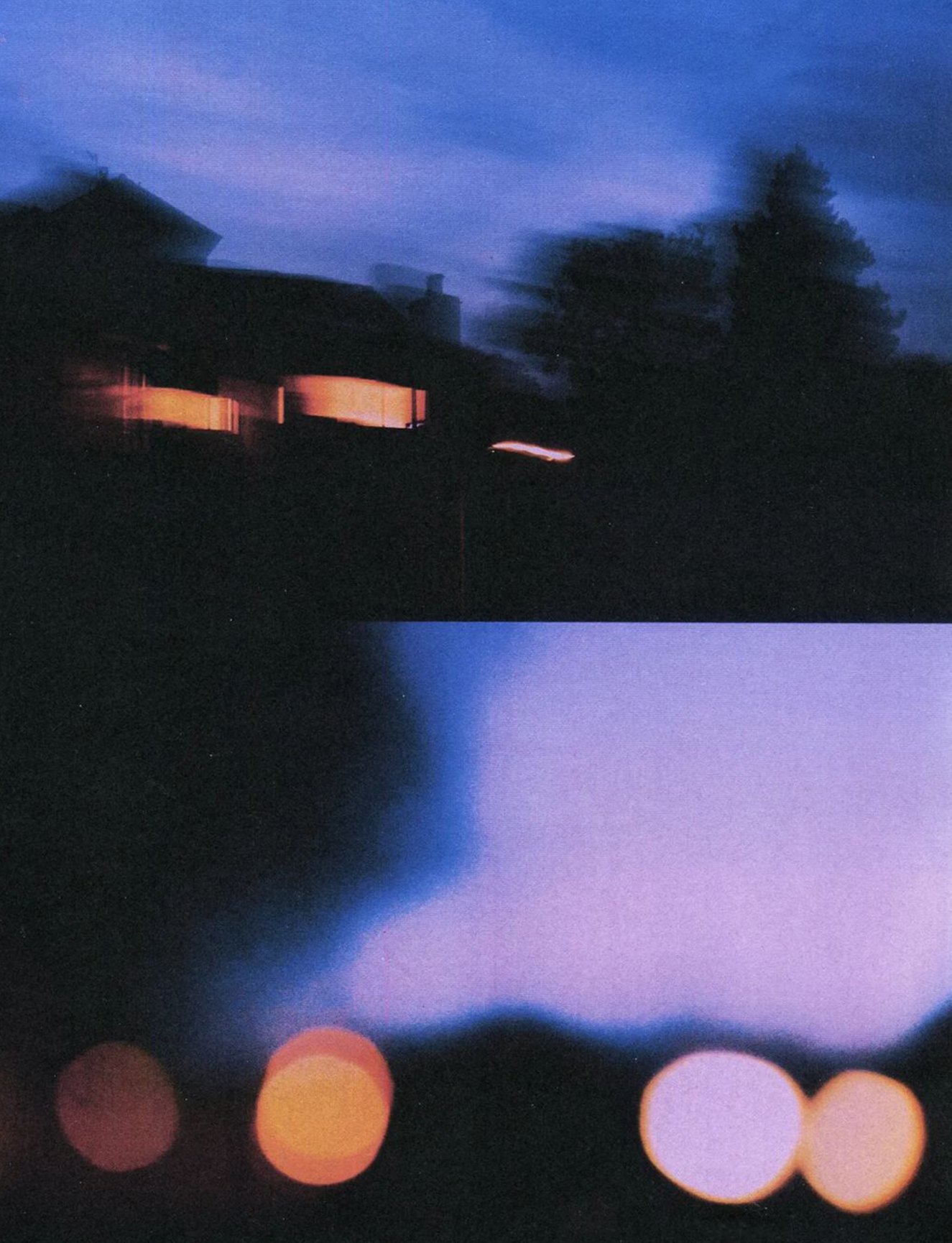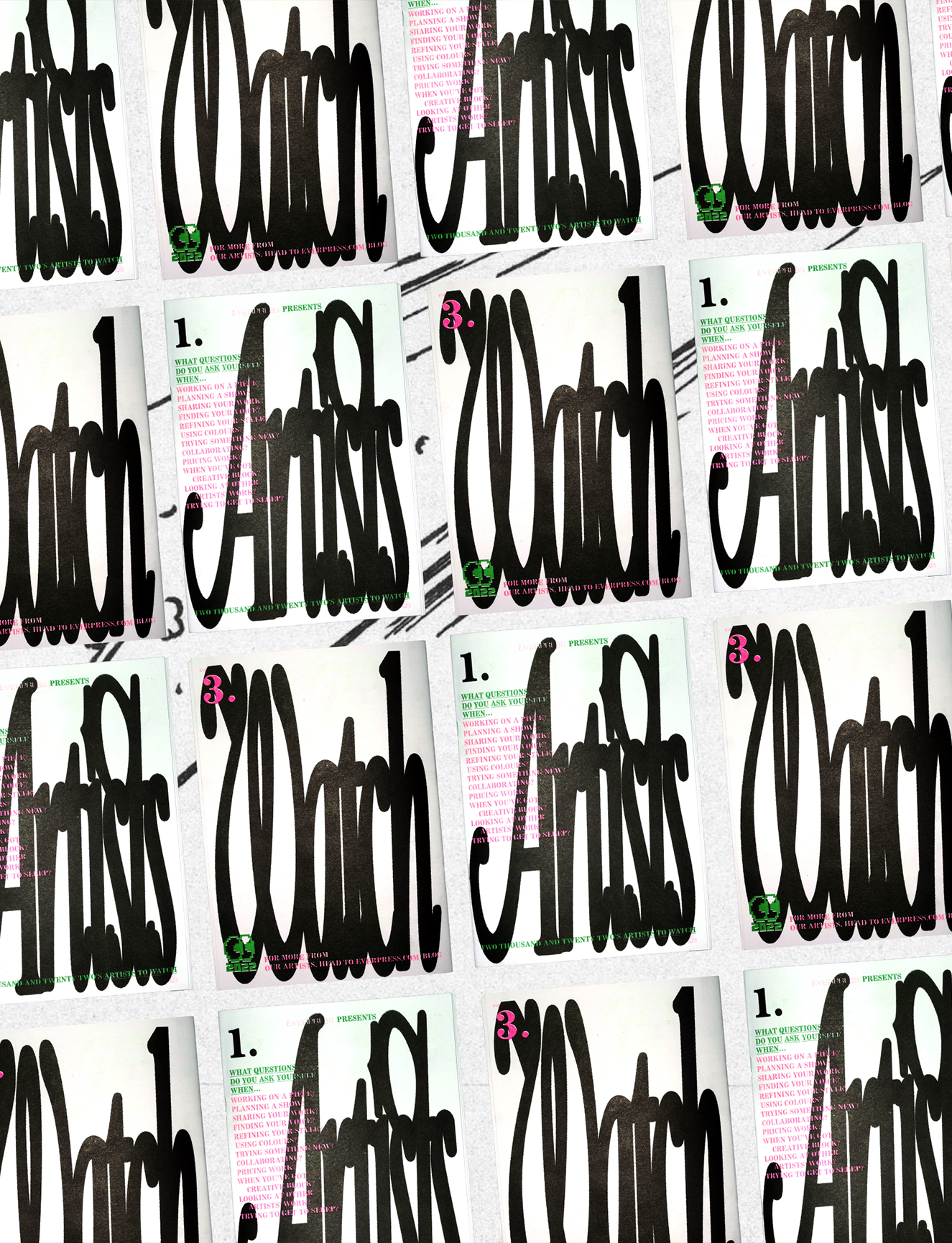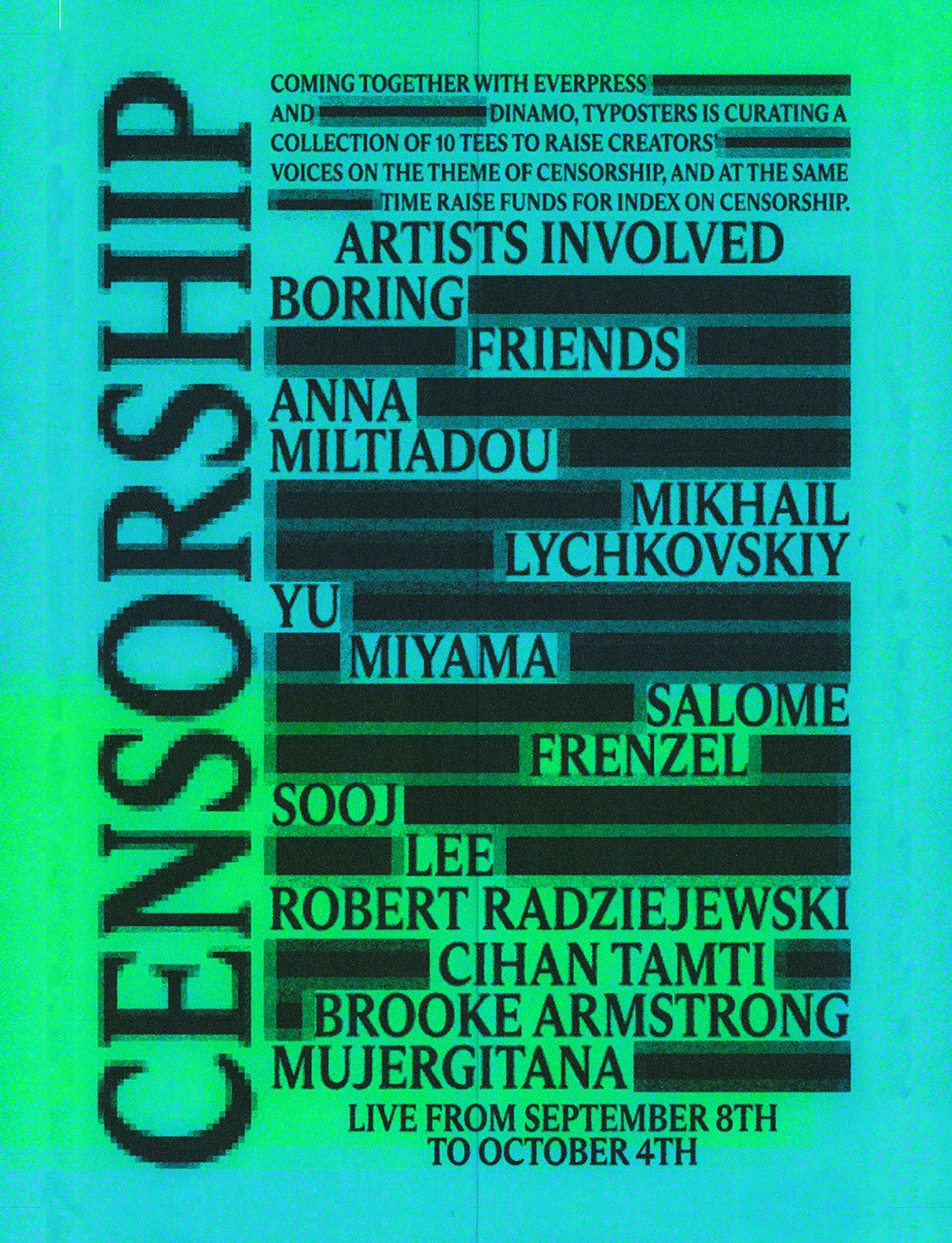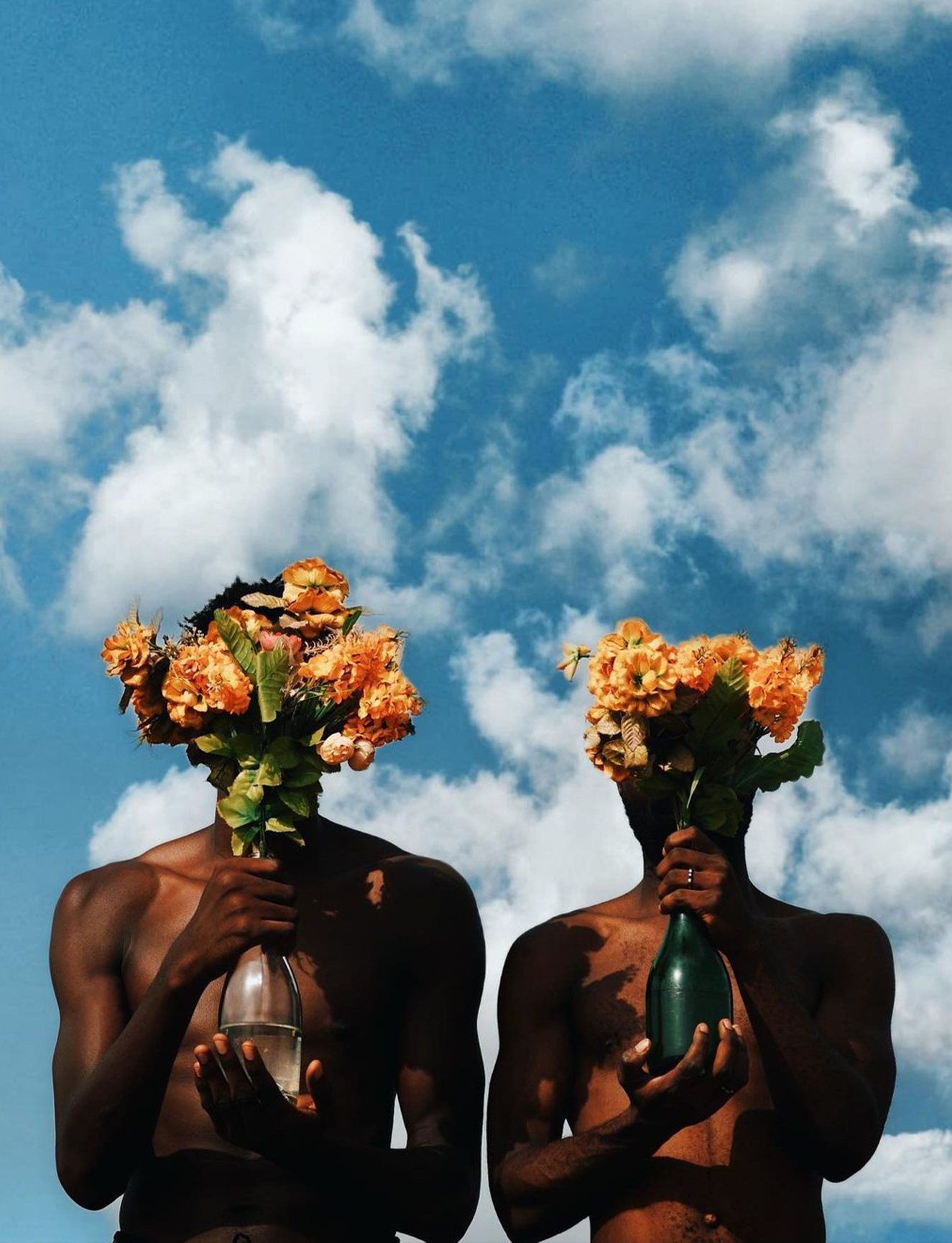Did you have a creative childhood?
I haven’t received any formal art education, nor was I exposed to art growing up. There wasn’t much space for it in my childhood. Nobody really was interested in art, and we mostly talked a lot about politics and daily life, not really wider culture. That was pretty typical among families I knew.
My childhood was spent with whole days playing basketball or football in the neighbourhood, getting dirty and naughty in the green space outside our block of flats, and spending time by the river. I started journaling in secondary school, and then when I moved to England in 2010 my exploration of art and photography began.
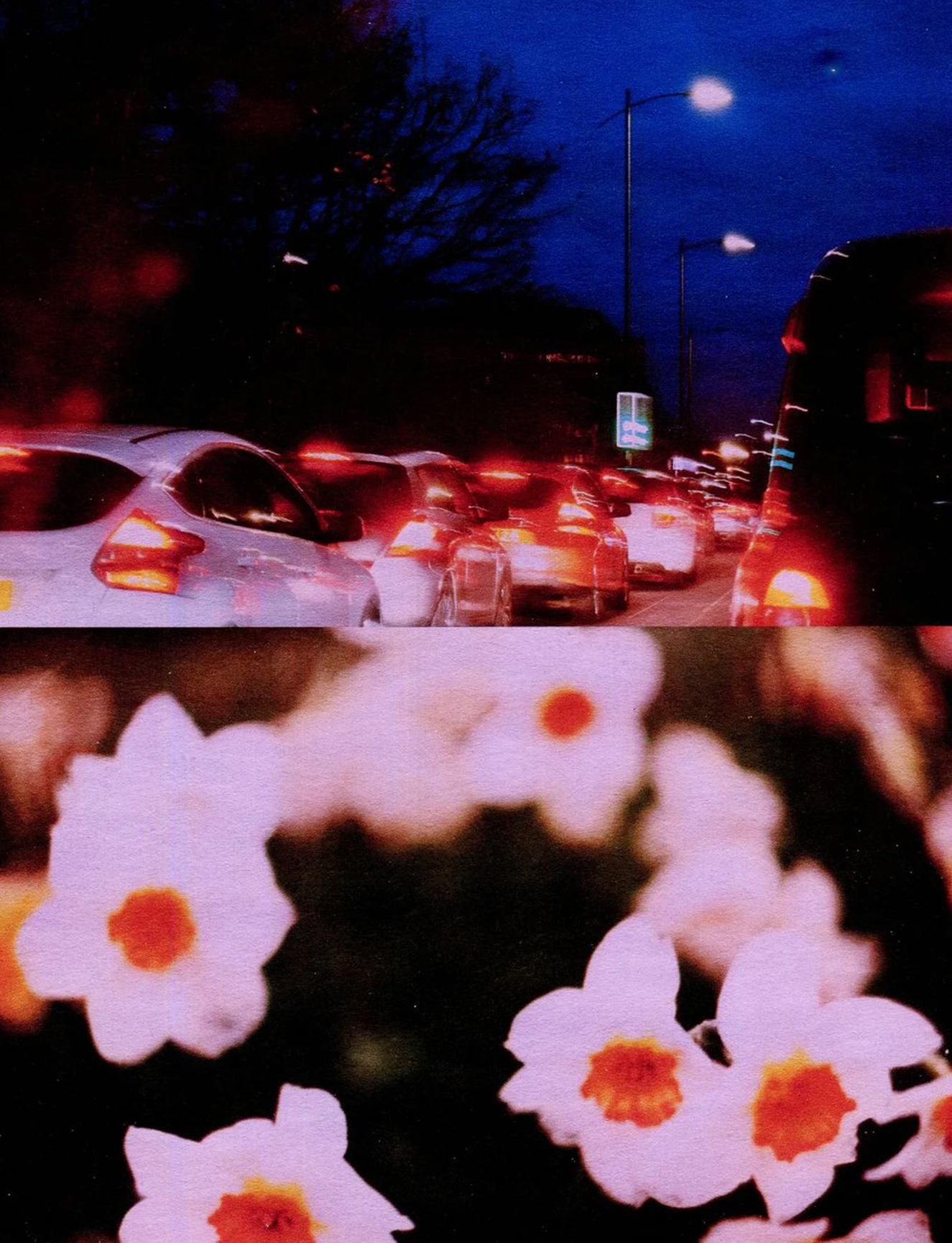
Collaging seems to be a really key part of your practice, and I’d say the ethos of collaging reads in most of the images you produce. What is it about this mode – of deconstructing and then reassembling to make something new – that appeals to you so much?
I also use old paper and found vintage photographs in my collages, and I’m drawn to the textures and meanings of these materials. In daily life I am always interested in the passage of time; how we deal with that and how we try to hold on to and prolong time, even just for a second. I think part of what draws me so much to collaging is the physical pleasure of cutting and glueing, and the knowledge that in producing something this way I am re-using or appropriating forgotten and unwanted pieces. It feels different, though, when collaging with found family paper that my mum used to use for work or writing notes. It’s a process of experimentation and combining disparate elements to produce something new – bringing together things in a way that hasn’t been seen before. You might surprise yourself with a collage, there are always layers of meaning in a single composition.
I am always interested in the passage of time
The colour blue figures really prominently in your work, from your ‘Blue Dress’ series, to the bluish hues you use over many of your images. Why do you think you’re drawn to blue?
The blue dress was a gift from my mum, and when she died the dress became almost like a relic of her existence. I felt compelled to photograph myself wearing it, that was my homage to my mother. Her will was to be cremated, so the last time I saw her was looking at her lying in the coffin, touching her cold hands. Somehow I wanted to recreate that in my studio, by wearing her dress and lying on the floor. I think I wanted to feel it.
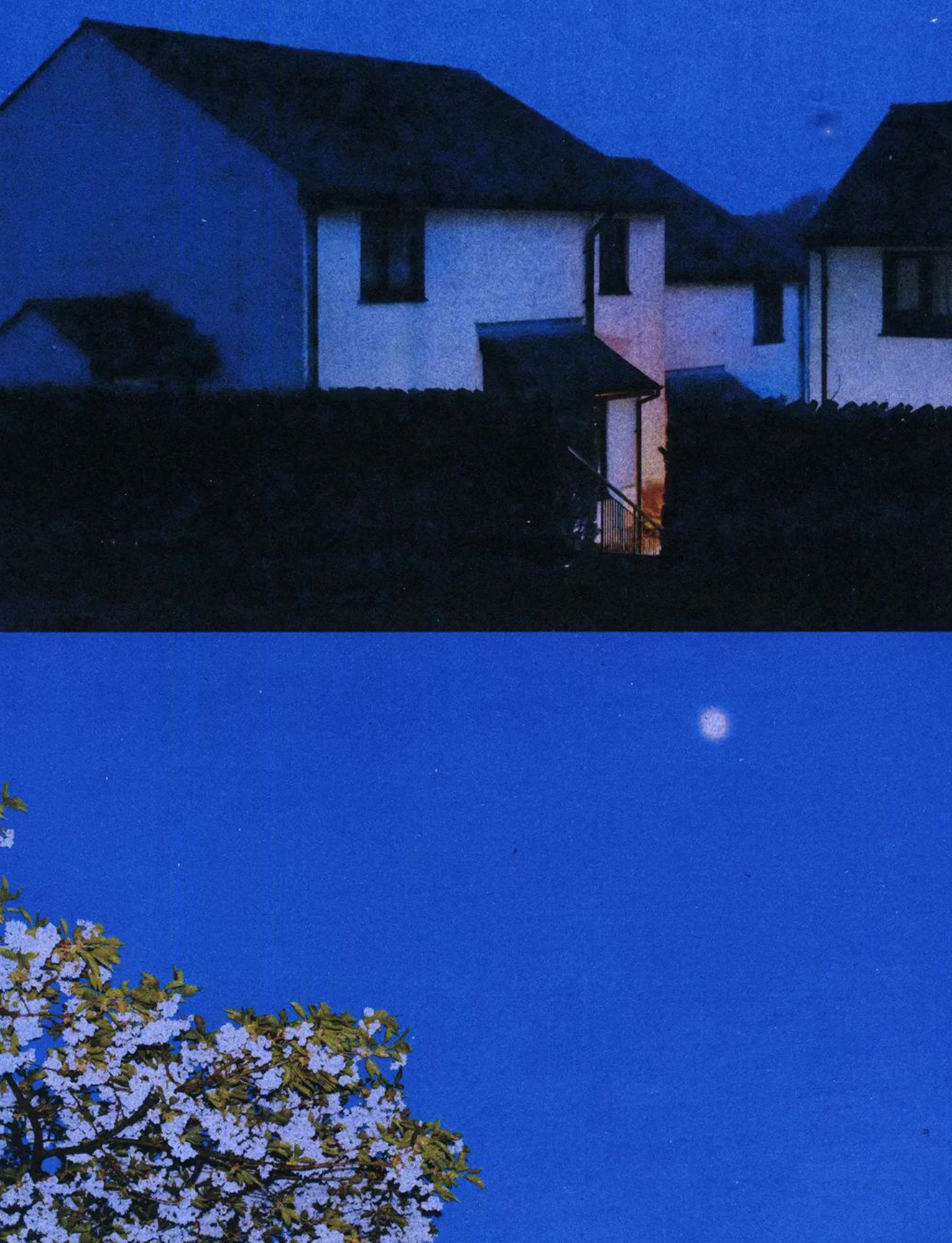
More broadly, the colour blue colour creates a sense of tranquillity but also longing – a deep yearning for something or someone, and a sense of incompleteness. During dusk, the sky often transitions to deep blue and this is my favourite moment of the day. From the deep blues of early dusk to the more muted blues as night approaches. This is the time of transitions from day to night, and the time to be in-between.
Has colour always been important to you as an artist?
At night everything is more intense, even colours. Colour influences emotions and I use both warm and cool colours in my art. I also like monochromatic photographs, especially those printed on an old paper that has taken on a life on its own through ageing. Old paper always reminds me of a human skin, so perfect in its own imperfection and carrying memories. For me as an artist, texture is always more important than colour.
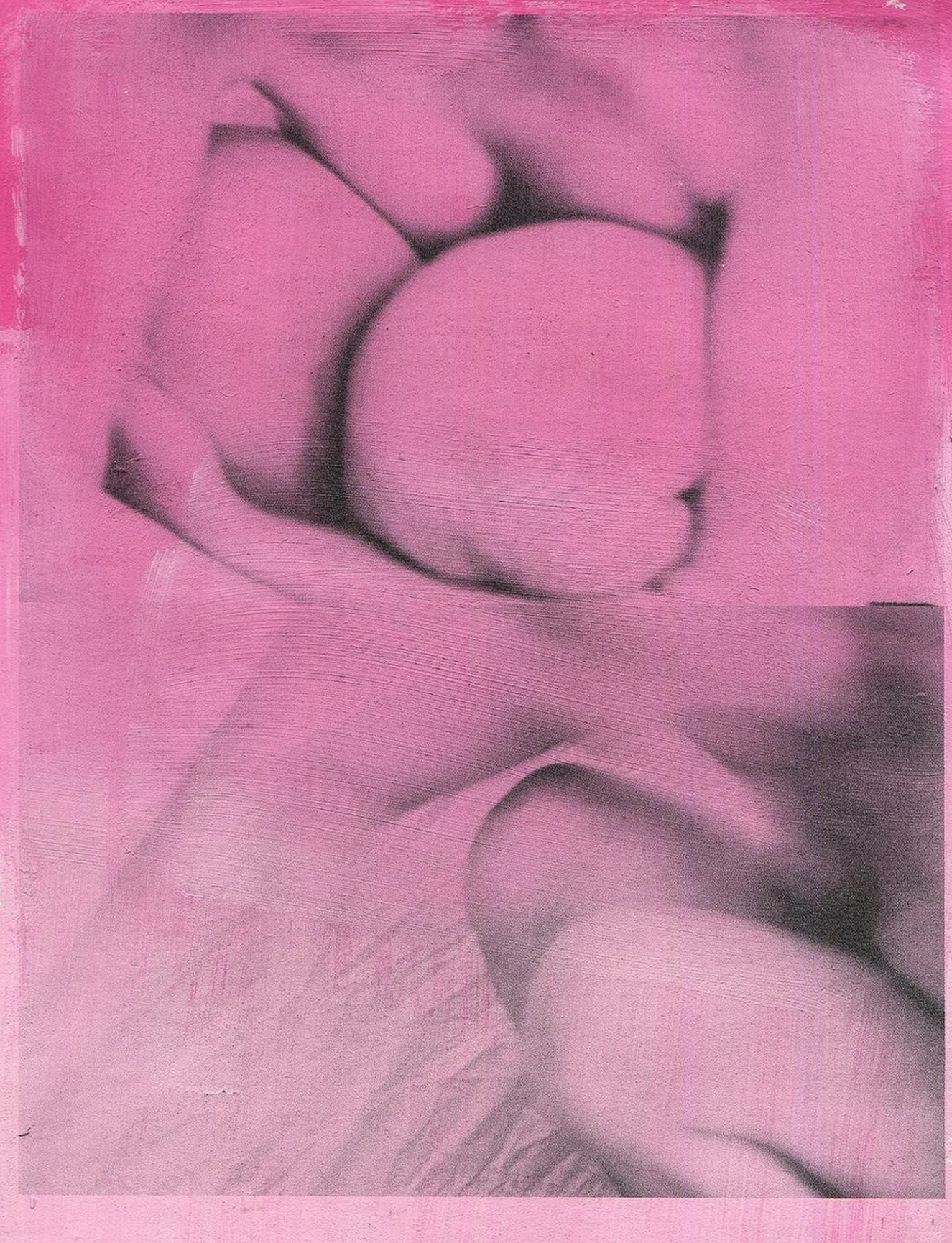
Memory seems to figure a lot in your work. And I think collage ties to this a little, the idea of trying to piece something together from fragments. Can you talk about your relationship to memory as an artist?
In this world full of illusions, still moments are rare, and so I am trying to capture these moments. I’m interested in that moment of pleasure in seeing before you take the photographs; the moment of pleasure in listening before you write something down. This is how personal memories are preserved. The question I ask myself as an artist is: What can I do with the immediate moment, and how can I capture the essence of this moment with my own personal experiences?
When did you feel you’d arrived at your ‘signature style’?
When I started making diptychs; pairing two separate moments into one finished piece.
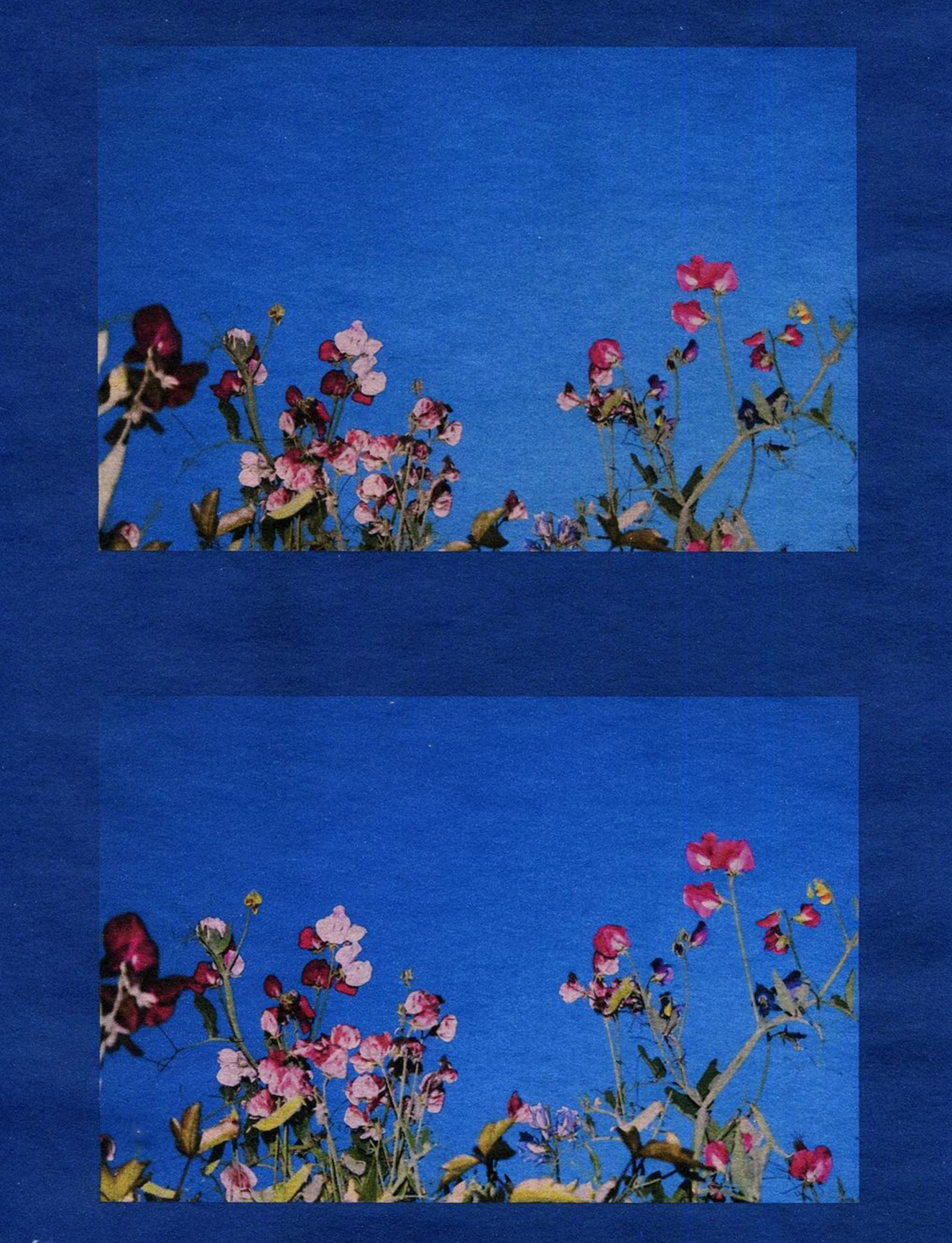
How do you know when something you’re working on is ‘finished’?
The feeling of completion contradicts the feeling of longing, which is inherently an incompleteness. When it comes to determining when a piece of my art is finished, I tend to need to make a few sample prints (using different papers and colours) before arriving at the most visually pleasing result.
Read More: Boss Morris Are Reinterpreting Tradition



